I’m a Nikon shooter so naturally I know more about Nikon gear than Canon (or any other brands for that matter). But for what I’m about to explain, it’s all relative to the brand you’re using.
My speedlight kit is a few years old, but I recently had everything inspected and/or repaired by Authorized Photo Service (great service and prices, btw). I call it a kit because anyone can replicate what I’m using by purchasing similar equipment.
Ask any Nikon shooter and they will tell you how fortunate I am to have four SB-800 speedlights! They are EXTREMELY difficult to come by because most Nikon users (including myself) love their SB-800 flashes and have no need to part with them until they’re ready to upgrade to the Nikon SB-910 (which has some great new features, too).
If you’re wondering why I have four speedlights I’ll tell you that I prefer to be ready for any given lighting situation and I like to have backup equipment in the event that something happens to my gear. I often used two speedlights in tandem so I need two backup flashes as well. Quick story: I purchased my last two SB-800 speedlights from someone on Craigslist. They were pretty beat up and certain features didn’t work after a while, so I was a little disappointed (but I got a pretty good deal). So I sent them off for repair and now they’re as good as new!!! And the cost to update/repair all four of my speedlights was less than the cost of a brand new one!
The basic speedlight flash kit consists of one speedlight, a lightstand, an umbrella or softbox to soften the light, and a set of radio triggers to fire the flash off the camera. I’ve been doing off-camera flash since I started in 2005, mostly because I like being able to put the flash where I want it instead of trying to bounce it off of something from the camera.
So what should you get if you’re building a speedlight flash kit? That depends on the style that you want to create with flash. Since I do a lot of outdoor portraits on the beach, there aren’t too many places where I can bounce my flash so off-camera was the way to go for me. In order to balance the sunlight I realized that it’s best to use two flashes at the same time, side by side. The best part of carrying two flashes at all times is that you have the power if you need it, or you can just turn one of the units off if you don’t need it. I found a $2 T-brace from home depot with pre-drilled holes and used a pair of 1/4″ chair leg screw-in caps to fasten the speedlight to the brace via the cold shoe flash stand. The flashes should be as close to each other as possible to avoid any strange double flash shadows. I then put this on a lightstand using an umbrella bracket and the stud that comes with it (I attach the stud to the brace using a wingnut).
The next thing you need to consider is how you’re going to trigger these speedlights if they’re off camera. There are so many options out there, so to save time I’ll just tell you what I prefer to use. For my remote controls, I use the RadioPopper PX system. These remotes allow me to use my flashes as intended by Nikon’s Creative Lighting System (CLS) by relaying the infrared signal via radio. They were the first system of its kind, but since then the better-known brand Pocket Wizard came out with a similar system. The goal of each system is to allow you to sync past the usual shutter speed of 1/250 and continue using the speedlights in the manner they were meant to be used.
So in order to use the flashes as intended, I need a commander to send out the signals to the flashes from my camera. Nikon photographers can use the popup flash in the prosumer models, but I prefer to use the Nikon SU-800 Commander. It’s cheaper than getting another flash and its sole purpose is to send the firing signal from the camera to the flash. The RadioPopper PX transmitter sits on top of my SU-800 Commander, picks up the relay signal via electromagnetic pulses, and transmits that signal to the RadioPopper PX receivers on my flashes via radio. And because I’m using Nikon’s CLS I’m able to vary the power levels of my flashes from the camera rather than from the location of the flash. I can even “turn off” a flash from my position by turning the channel off from the SU-800 commander.
My Speedlight Kit
- Nikon SB-800 Speedlight Flash (x4)
- Nikon SD-8A Battery Pack (x4)
- Nikon SU-800 Commander
- RadioPopper PX Transmitter (x2)
- RadioPopper PX Receiver (x4)
- Impact 9-foot Lightstand (x4)
- Impact 32-inch shoot through umbrella (x2)
- Impact umbrella holder (x3)
- Dynaphos Medium Softbox
- Speed ring for speedlight-mounted softbox
- $2 T-brace from Home Depot
- $2 1/4″ chair leg screw-in caps from Home Depot
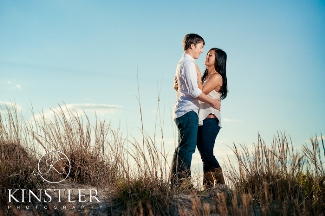
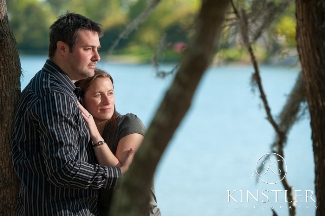
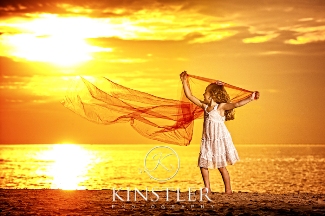


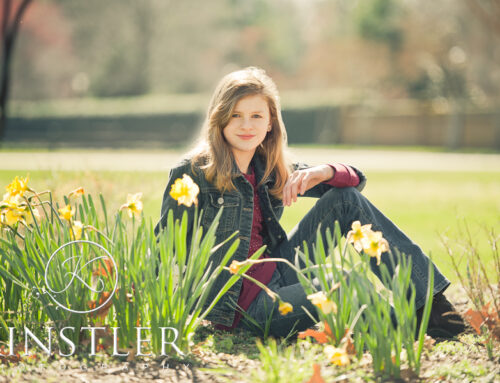
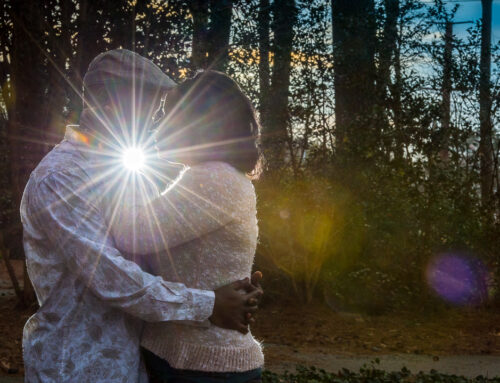
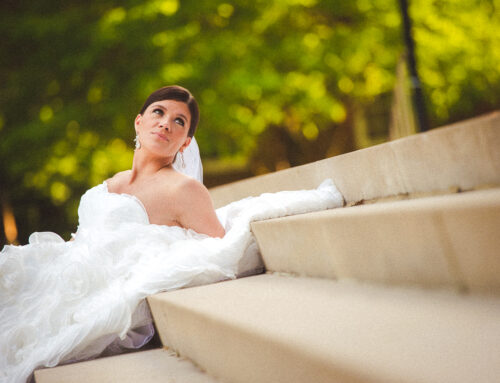
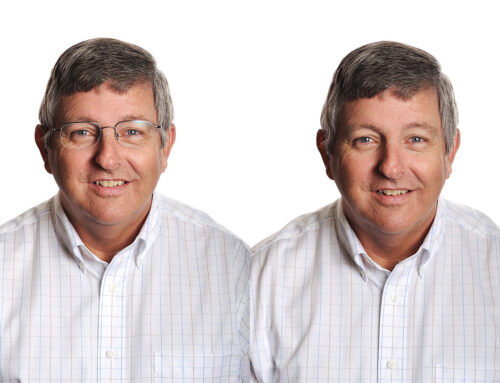
Leave A Comment